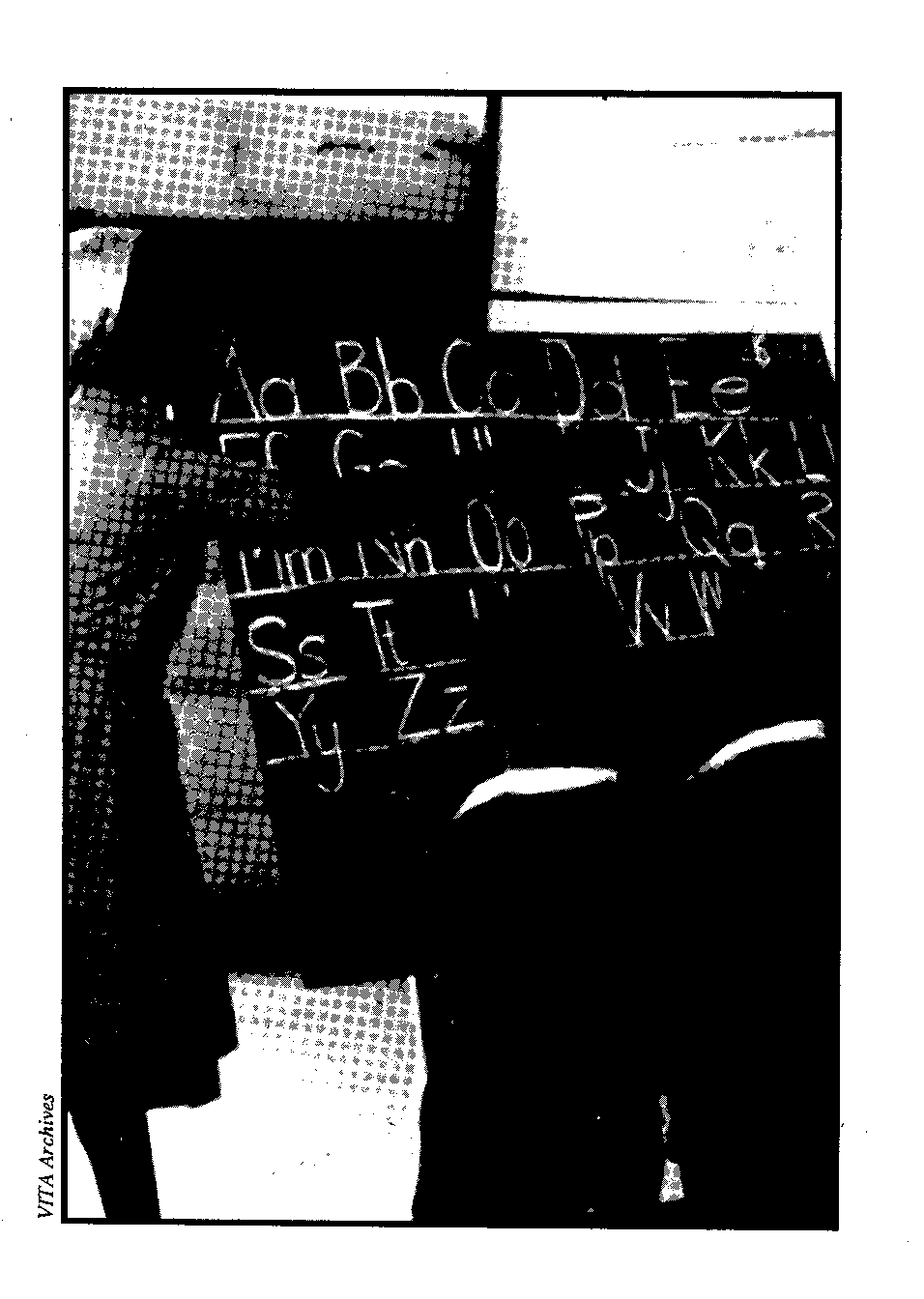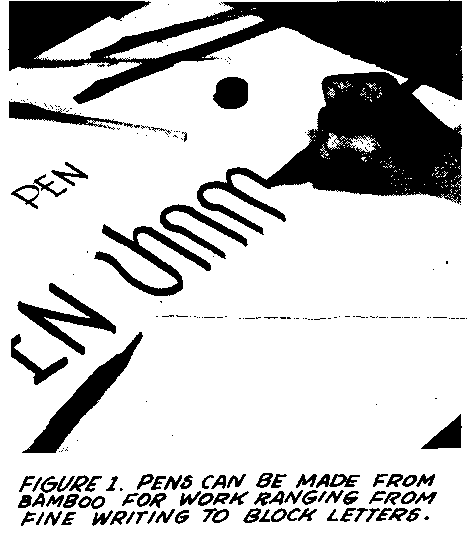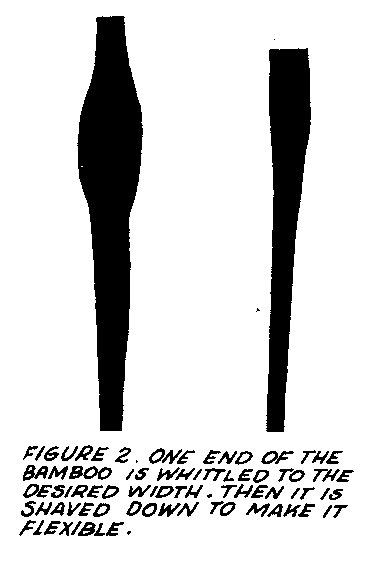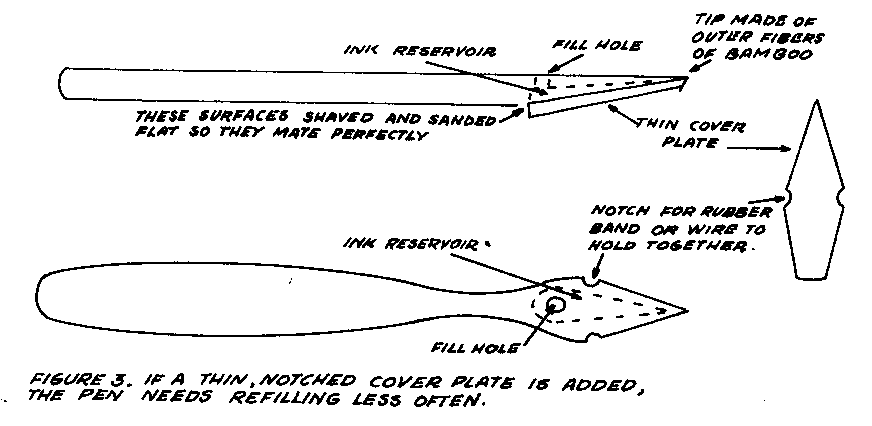Communications
<see image>
comm.gif (486x486)

Bamboo or Reed Writing Pens
This low-cost, easy-to-make pen has been in use in Jordan
since 3000 B.C. Pens
of different sizes can be made for work ranging from fine
writing to large block
letters. Similar pens have also been used in Thailand.
<see figure 1>
fg1x403.gif (486x486)

Tools and Materials
Dry bamboo, 15cm x 1cm x 0.5cm
(6" x 3/8" x 3/16")
Small rubber band or fine wire
Sharp knife
Fine sandpaper
Whittle one end of the bamboo to
the desired width, and then shave
it down to make it flexible (see Figure 2).
fg2x403.gif (486x486)

Be sure that the writing
tip is made from the more durable
material near the outside of the
bamboo.
Cut the writing end straight across with a sharp knife. Use
sandpaper to make
the end smooth. The point of the pen can be shaped to the
proper writing angle
for your hand by gently writing on the
sandpaper with the dry pen.
To make a retaining hole for ink, place
the tip of the knife on the pen, at least
3mm (1/8") up from the point of the
pen, and then rotate the knife to drill a
hole about 2mm (3/32") in diameter.
The pen can now be used for writing,
but it will need to be reinked frequently.
To make a reservoir pen, attach a
thin bamboo cover plate to the pen as
shown in Figure 3. Attach the cover
fg3x404.gif (486x486)

plate by wrapping a small rubber band
or a piece of fine wire around the
notches provided for this.
Source:
The Multiplier, Vol. 3, No. 10. Washington, D.C.: U.S.
Department of State, Agency
for International Development, 1960.

